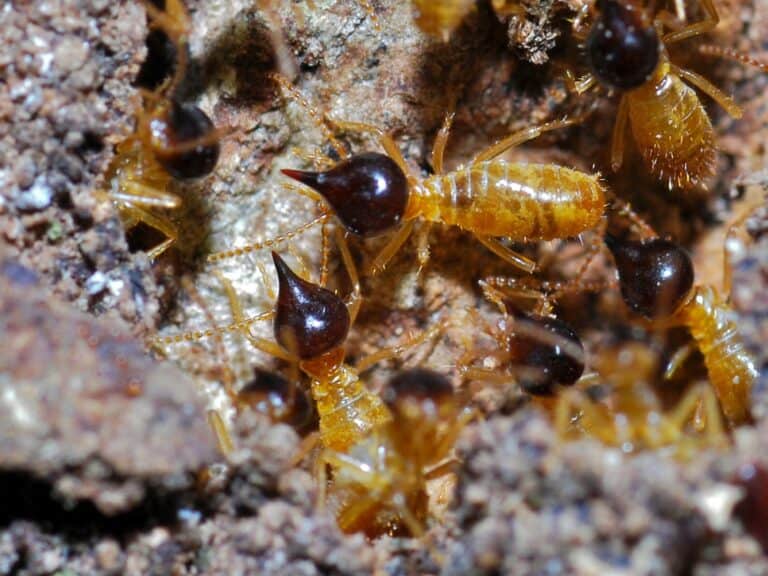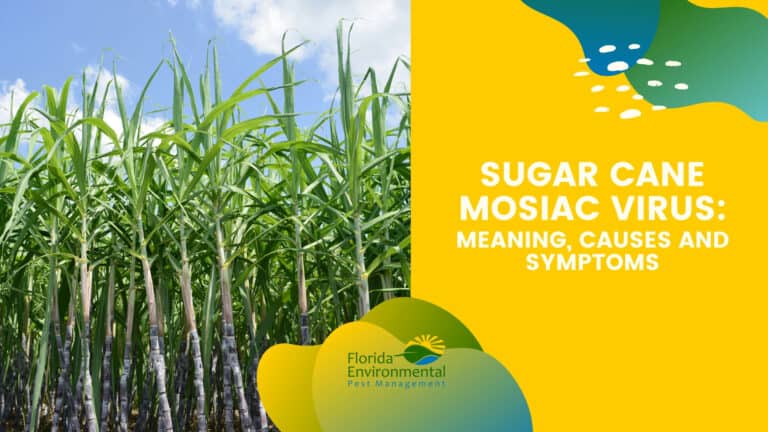Tuttle Mealybug Information
Appearance:
Tuttle Mealybugs are very small, approximately 2mm in length. They are pale pink in color, and they are known to leave a whitish, waxy residue along the plant stems that they invade.

Location and Behavior Patterns:
Tuttle Mealybugs are grass-infesting pests. They are particularly attracted to Zoysia grass and Bermuda grass, but they can also be found among other grasses and plants, too. It is difficult to see Tuttle Mealybugs, because they are so small and because they hide deep within grass blades; however, one sign that you may notice, is brown patches along the surface of your grass. This may be a sign of a Tuttle Mealybug infestation.
Tuttle Mealybugs thrive in warm weather, which means that Florida is a great place for them to live. They are most active in late summer, and into the fall, when temperatures are at their highest.
Treatment:
Tuttle Mealybugs can be very difficult to treat. They are able to develop a resistance to some insecticides; therefore, the best management of this pest is to use a couple of different insecticides. Rotating through different treatments tends to be the most effective method for ridding your property of this nuisance. Patience and persistence will be key ingredients for treating your lawn for the Tuttle Mealybug.










